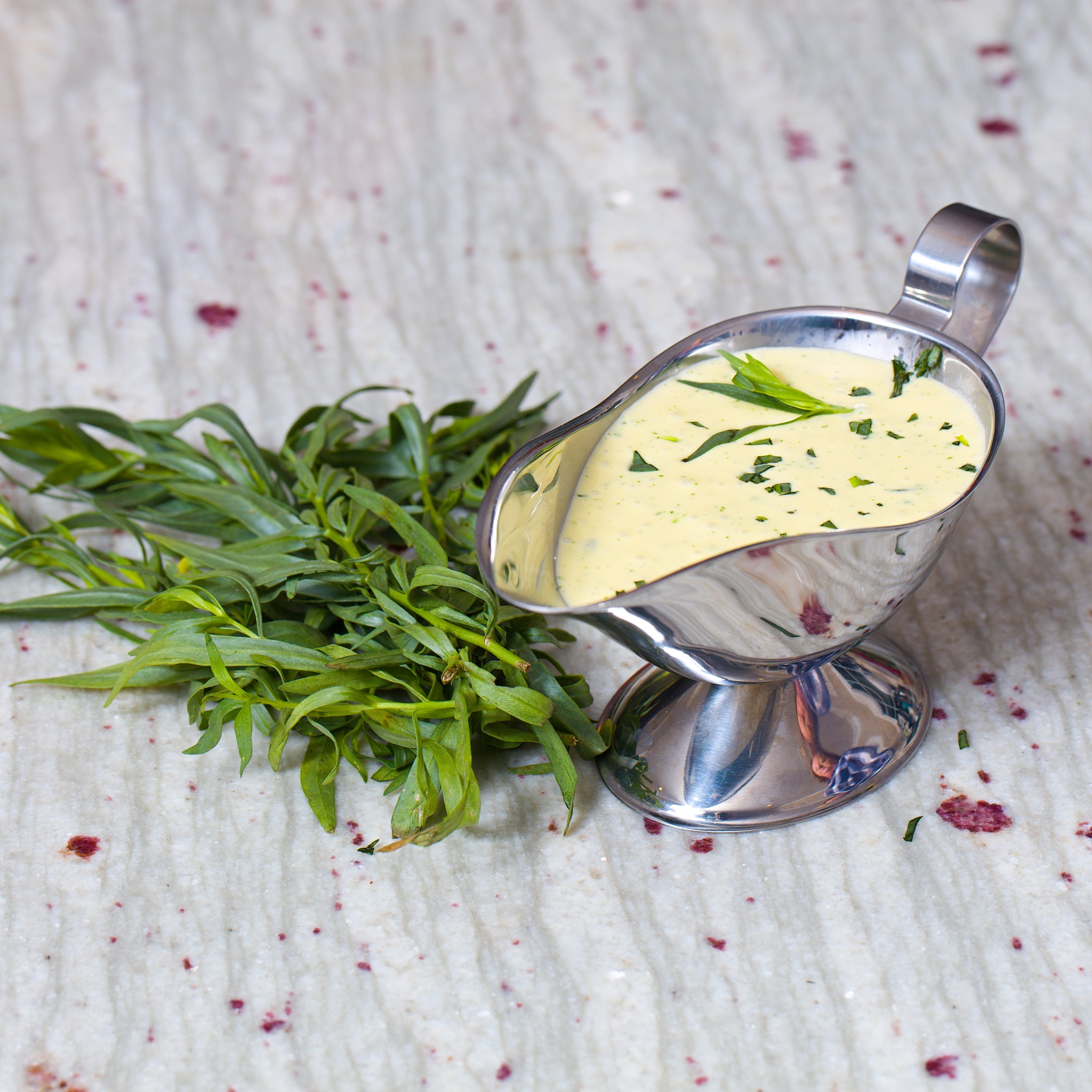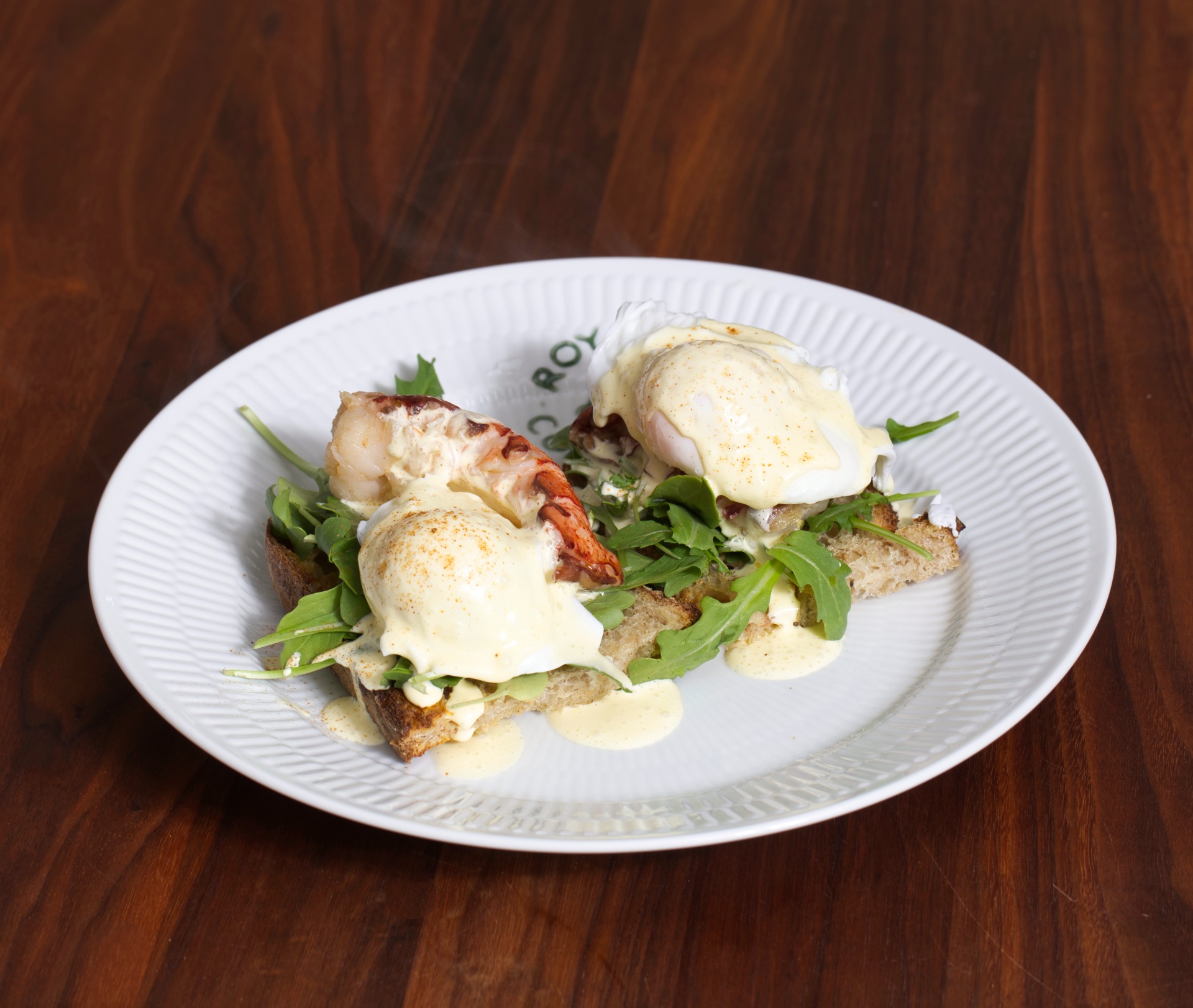Thanksgiving and December really sneaked up un me this year. As many others in California, we were living in unhealthy air due to the big wild fires. We tried to escape to the Sierras, and this threw my schedule way off. But now, over halfway to Christmas, I’am getting back into the game.
We are going to the annual Danish Christmas lunch, and I alway make gravlax. This year I decided to make 2 different versions, the regular and a pretty red beetroot and gin version.
The pretty pink gravlax is delicious too. I serve it with a dill and creme fraiche sauce.
Ingredients:
800 g side of salmon, skin on, scaled, pin-boned, from sustainable sources
Beet cure:
200 g raw beets (2 beets)
2 lemons, the zest of
100 g coarse sea salt
50 g sugar
50 ml gin (I used Hendricks)
Herb cure:
1 big bunch of fresh dill, finely chopped
6 sprigs, tarragon, the leaves, finely chopped
50 g fresh grated horseradish
50 ml gin (I used Hendricks)
Directions:
In a food processor or mini chopper, blitz together the beets , gin, and lemon zest until they become a smooth paste. Transfer the beet mixture to a small bowl and mix in the rock salt, and sugar.
Rub a little mixture on to the salmon skin, then place the salmon, skin side down, in a large zip lock bag in a dish or baking tray. Pat the remaining mixture all over it so that the salmon is completely covered. Remove as much of the air from the zip lock bag as possible. Pace a little cutting board on top of the salmon, and place some weight on top to have an even pressure on it. Place in the fridge for 24 hours.
After 24 hours, gently unwrap the salmon and remove the beet mixture. Gently splash the salmon with a bit of water to rinse off any remaining cure and rinse the dish too.
Mix together the herb cure ingredients in a small bowl, place the salmon (skin side down) in a new zip lock bag in the dish. Cover the salmon evenly with the herb cure. Remove air and put the weight on back onto the salmon. Refrigerate for another 24 hours.
The next day, your cured salmon will be ready to enjoy. The herb mixture does not need to be rinsed off- just thinly slice the salmon and serve it as an open faced sandwich, with a creme fraiche (or sour cream) with dill.
Enjoy!




